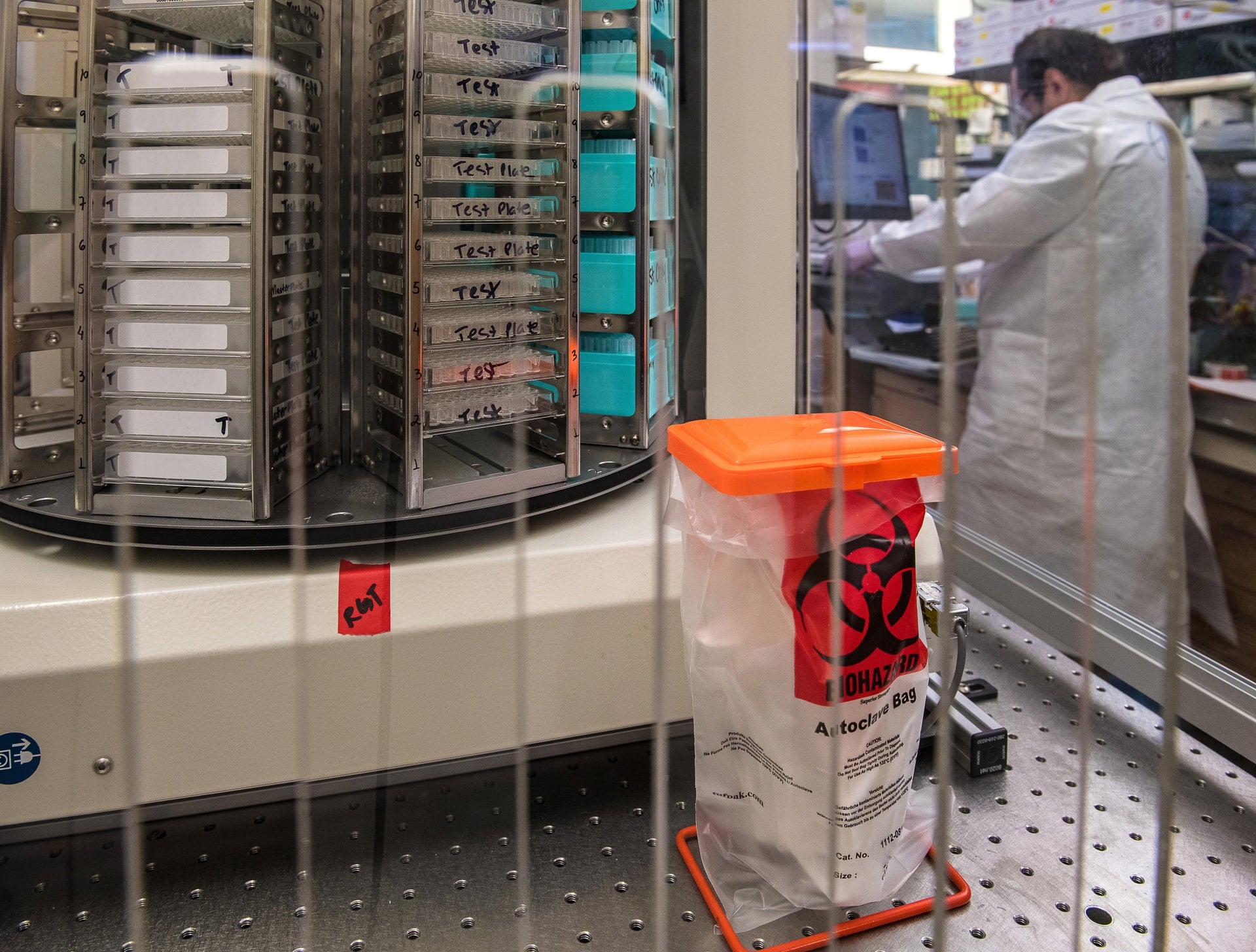Life science companies, such as those related to medical devices and pharmaceuticals, can greatly benefit from an enterprise resource planning (ERP) solution. Implementing an ERP system can be a drawn out and complex process, however. In this article, we'll discuss the major steps involved in ERP implementation so you know what to expect.
What Are the Steps Involved in Life Sciences ERP Implementation?
The steps of life sciences ERP implementation are similar to implementation in other industries, and include:
1. Identifying Your Goals and Define Your Objectives
When you’re looking into medical device manufacturing ERP, the first step is to determine what your specific goals and objectives are for implementing an ERP system. For example, you may want to improve communication and collaboration between departments, reduce operational costs, or automate manual processes. Once you know your overall goals, you can start to narrow down your software and vendor options to find the best fit for your needs.
2. Assessing Your Current Systems and Processes
The next step is to take a close look at your current systems and processes. This will help you determine what areas need improvement and how an ERP system can help; you'll also want to consider things like data security and compliance during this step.
3. Appointing a Project Manager
Both of the above steps can be complemented by appointing a competent project manager for ERP implementation in your company. This can be an internal employee, or you can hire an outside consultant. The project manager will be responsible for ensuring that the implementation process runs smoothly and that all stakeholders are kept up-to-date.
4. Selecting Your Software and Vendor
Now, it's time to select the actual software and vendor you'll be working with. You’ll want to find the best ERP for manufacturing or whatever field you’re in—it's important to choose a solution that meets your specific goals and needs. You'll also want to consider things like price, scalability, and support when making your decision.
More importantly, you'll want to determine whether you need an on-premise ERP system or one that's cloud-based. While an on-premise ERP system may be a better fit for some businesses, it's generally more difficult to implement and maintain. Cloud-based ERP systems are typically easier to set up and use, and offer the added benefit of being more affordable and scalable.
5. Implementing the Software
After everything is selected, it's time to start implementing the software. This process can vary depending on the vendor you choose, but it typically involves installing the software, migrating data, and training employees on how to use the system.
It will be easier if you choose a cloud-based ERP solution, which is also called ERP-as-a-Service. This is because the vendor will handle most of the technical aspects of the implementation for you. Simply put, they'll do all the heavy lifting so you can focus on other things.
6. Testing the System
Once the software is installed, it's important to test it thoroughly before going live–this will help you identify any bugs or glitches that need to be fixed. It's also a good idea to have a backup plan in place in case something goes wrong.
7. Going Live
After you're confident that the system is working properly, it's time to go live. This is usually a gradual process in which you roll out the ERP system to different departments or locations, one at a time. This allows you to ensure everything is working as it should before fully transitioning to the new system.
8. Monitoring and Adjusting
After you've gone live, it's important to keep an eye on things and make adjustments as needed. This includes things like monitoring employee usage, tweaking processes, and adding new features. The ERP vendor you choose can have a big impact on how easy it is to make changes—a good vendor will offer ongoing support and training to help you get the most out of your system.
Conclusion
By following these steps, you can ensure a smooth and successful ERP implementation in your life sciences company. The key is to take things one step at a time and to work with a competent vendor who offers the support you need.





